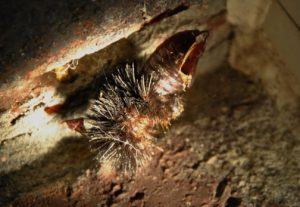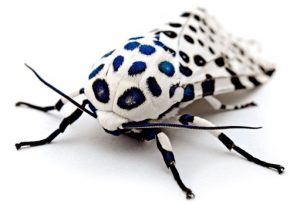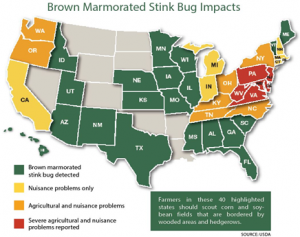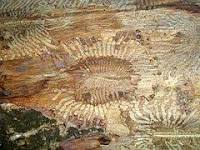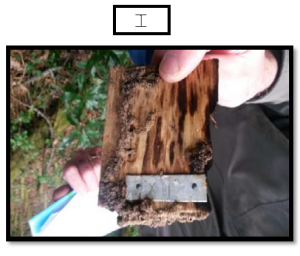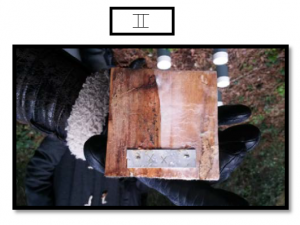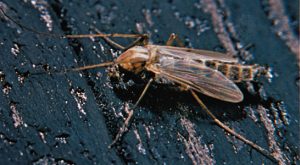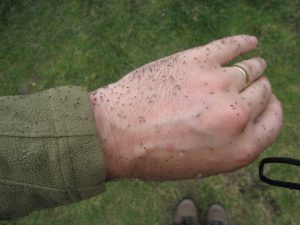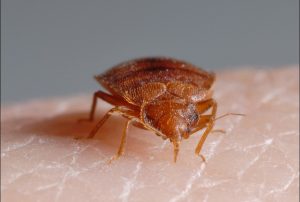 Bed bugs are the nocturnal, reddish-brown insects. They are the pesky little pests of the size between 1 and 7 millimeters. These creatures have dorsoventrally flattened bodies that allows them to hide in areas such as floor cracks, carpets, beds and upholstered furniture.
Bed bugs are the nocturnal, reddish-brown insects. They are the pesky little pests of the size between 1 and 7 millimeters. These creatures have dorsoventrally flattened bodies that allows them to hide in areas such as floor cracks, carpets, beds and upholstered furniture.
Bed bugs feed on the blood of humans and other warm-blooded animals as their only source of nutrition. In order to mature into adults, they must feed once during each of their immature stages. Adult females also need blood in order to produce eggs.
Bed bugs inject an anticoagulant along with saliva when they pierce skin for the meal. The anticoagulants are responsible to generate a response in a person’s body. The size of the bite depends upon the anticoagulants and the number of times a person is bitten.
Bed bug bite reactions don’t always appear immediately after you’re bitten and may take a few days to begin causing symptoms. However, not everyone reacts to bed bug bites in the same manner. Bite reactions are variable with the intensity increasing or decreasing depending upon the number of bites.
Bites are commonly found on the parts of the body that are more likely to be 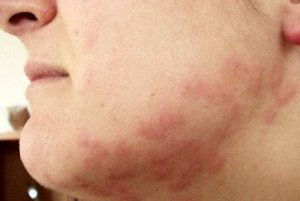 exposed to bed bugs during sleep – the hands, neck, face, shoulders, legs, and arms. Bed bug bites are often grouped together in a small area and at times may occur in a line or a zigzag pattern. Bites normally look like small, flat or raised areas that may become inflamed, itchy, red or blistered.
exposed to bed bugs during sleep – the hands, neck, face, shoulders, legs, and arms. Bed bug bites are often grouped together in a small area and at times may occur in a line or a zigzag pattern. Bites normally look like small, flat or raised areas that may become inflamed, itchy, red or blistered.
Scratching bed bug bites and failure to keep the bites clean and disinfected may lead to a secondary infection that can cause further swelling and bleeding. Children, the elderly, and individuals with weak immune systems, particularly those who are bedridden, may develop secondary infections that result from bed bug bites.
The bites can be so harmful leading to infection and even death. Following are some recent evidence which proves that the tiny creatures are the great threat to society.
Jersey City woman found dead in the home overrun with bedbugs
By Adam Hochron July 31, 2017, 6:08 PM
First-responders tried unsuccessfully to resuscitate a woman police were told was found unresponsive in her home on Sunday morning.
When medics arrived at the home they needed to call in a hazmat team to deal with a massive bug infestation problem. In addition to the woman, five other people, including the woman’s parents and her daughters, lived at the home at the time she was found. She was declared dead at the scene.
The home was infested with bedbugs, and the infestation was so bad that a hazmat station was set up on Griffith Street to disinfect anyone who had gone inside the building. The Fios story also reported that the health department was called in to check on the home’s safety and to take whatever action against the homeowners was necessary
Parliament is infested with bedbugs and there’s ‘urgent action’ to clear them out
By Keiron Mccabe, 12:20, 21 JUL 2017
Pest-busters are taking urgent action to wipe out a bedbug infestation in Parliament. The blood-sucking parasitic insects were discovered this week in the Palace of Westminster and 7 Millbank, both home to MPs’ offices.
It is the latest in a series of pest-related problems to beset Parliament, which spent £103,157 combating mice, flies, months, pigeons and gulls in the last year alone. Staff and MPs have been told to consult the NHS if they think they’ve been bitten.
Monitoring is underway to check if the bugs – which are notoriously difficult to remove – have spread to other areas.
Woman claims arm infection, blood disease came from a bedbug bite
By Megan Schuller, July 2, 2017
Johnson, 58, was bitten about a month ago and was hospitalized for several days, fighting the infection. Her left hand swelled to more than twice its normal size, and she complained of pain and tenderness in her arm.
Johnson recently returned to the hospital because of stiffness in her arm that alarmed her. She plans to see a blood doctor. She said she spends about $80 dollars a month on preventive measures to help keep the bedbugs at bay.
“I had to leave (the housing authority’s John C. Murphy building) because it was so bad. I was there for two years. It was bad there and here, People walk around all eaten up,” Johnson said. “People aren’t going to do anything about it. People are too scared to talk.” Johnson plans to eventually move out of the JFK building.
By going through the above evidence we come to know that there is an urgent need for actions to be taken against these blood-sucking parasites. There are the conventional methods mostly used against the pest viz. fumigation, spraying methods, heat treatment, fungal treatment, vacuuming, etc. which are proved to be a temporary, hazardous and ineffective solution.
We at C Tech Corporation provide an alternative solution for the conventional methods against these pesky little pests. These products are based on green technology which gives an effective solution.
Our product Combirepel™ is an extremely low concern extremely low toxicity, non-carcinogenic and non-mutagenic compounds and non-hazardous insect/termite aversive. It combines the best of chemistry and green practices to give an environmentally safe product which keeps away effectively while at the same time guaranteeing safety to the environment, plants, animals and fragile ecosystems.
Our product works on the mechanism of repellency. It temporarily inhibits the mating cycle of the insects. The product impairs the ability of the insects to reproduce, that is the insects will not lay eggs or the laid eggs will be infertile. The product causes feeding disruption in an insect by triggering an unpleasant reaction within the insect which might try to feed on the application. The product temporarily blocks the reproduction system of the insects by hindering the release of the vital hormones for growth.
Our product is available in three forms viz. Masterbatch, Liquid Concentrate, and Lacquer.
The masterbatch of Combirepel™can is incorporated in wires and cables which are used in domestic wiring, polymeric pipes and other household applications, agricultural films and irrigation pipes.
The liquid concentrate can be mixed with paints in a specific ratio and can be applied to the interior and exterior of houses, schools, hospital, warehouses, offices etc. to keep these places safe from bedbugs.
The product available in the lacquer form can be directly applied topically to the applications to protect them from the bedbug. The lacquer is compatible with most of the surfaces like wood, polymer, metal, concrete, ceramic etc.
Combirepel™ is thermally stable and does not degrade on exposure to heat and sunlight. It does not kill or harm the insect but repels them. It does not volatilize and does not degrade the soil. It is RoHS, RoHS2, ISO, REACH, APVMA, NEA compliant and FIFRA exempted.
Contact us at technical.marketing@ctechcorporation.com to keep the pests away.
Also, visit our websites:
http://www.ctechcorporation.com/
http://www.rodrepel.com/
http://www.termirepel.com/
http://www.combirepel.com/
Follow our Facebook pages at:
1] https://www.facebook.com/Combirepel-411710912249274/
2] https://www.facebook.com/Termirepel-104225413091251/
3] https://www.facebook.com/Rodrepel-120734974768048/
Follow us on our Twitter pages at:
1] https://twitter.com/rodrepel
2] https://twitter.com/termirepel
3] https://twitter.com/combirepel







